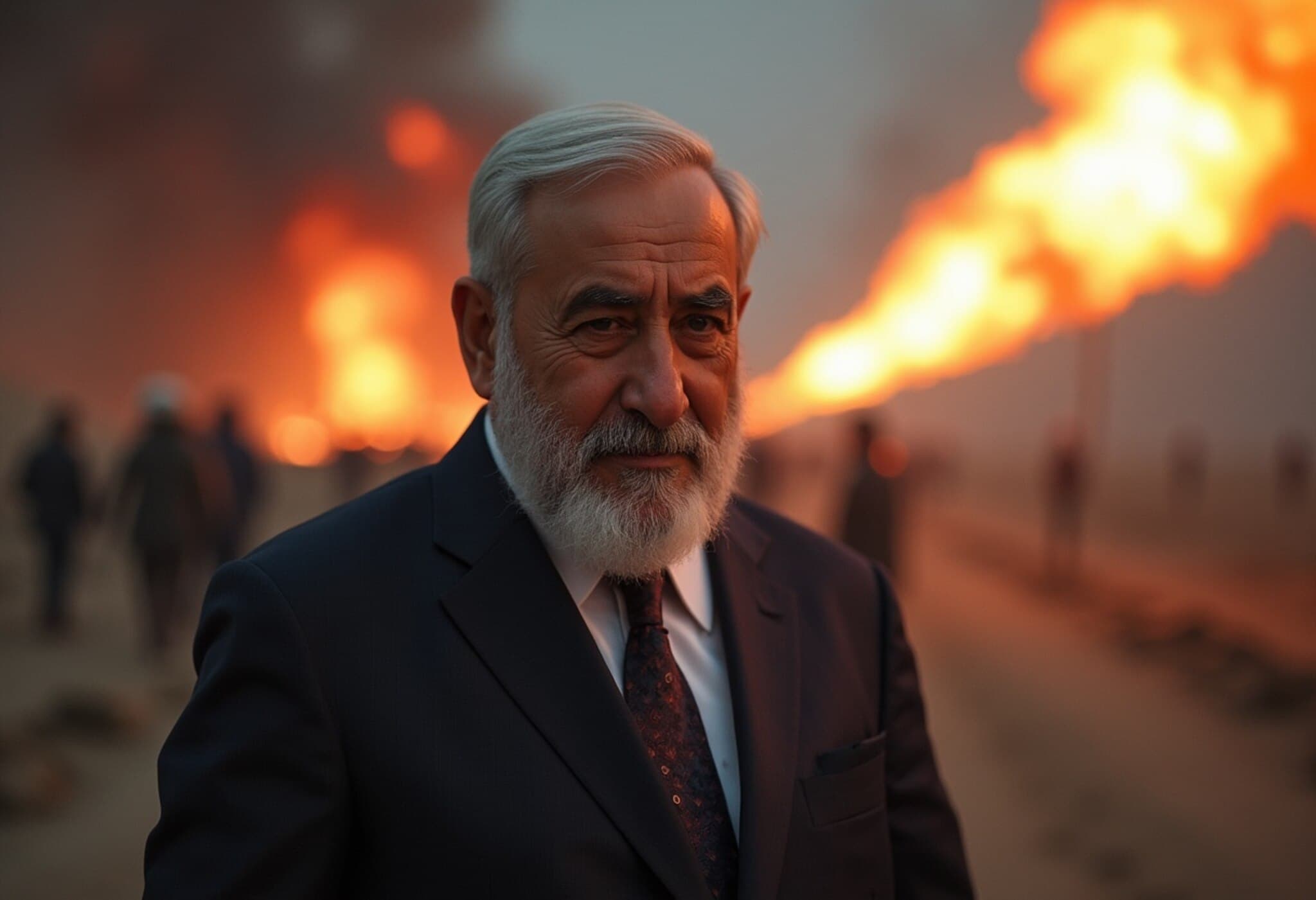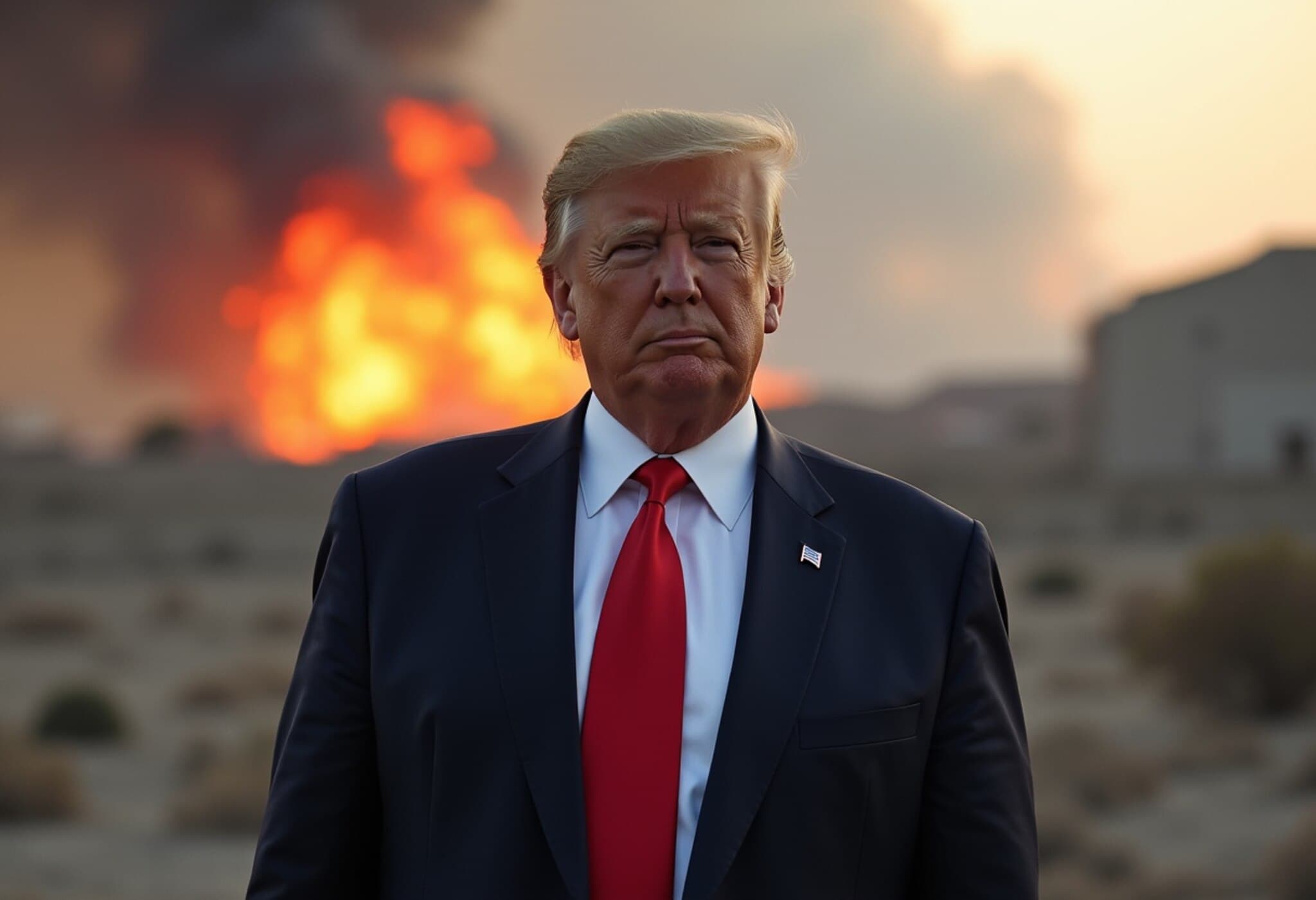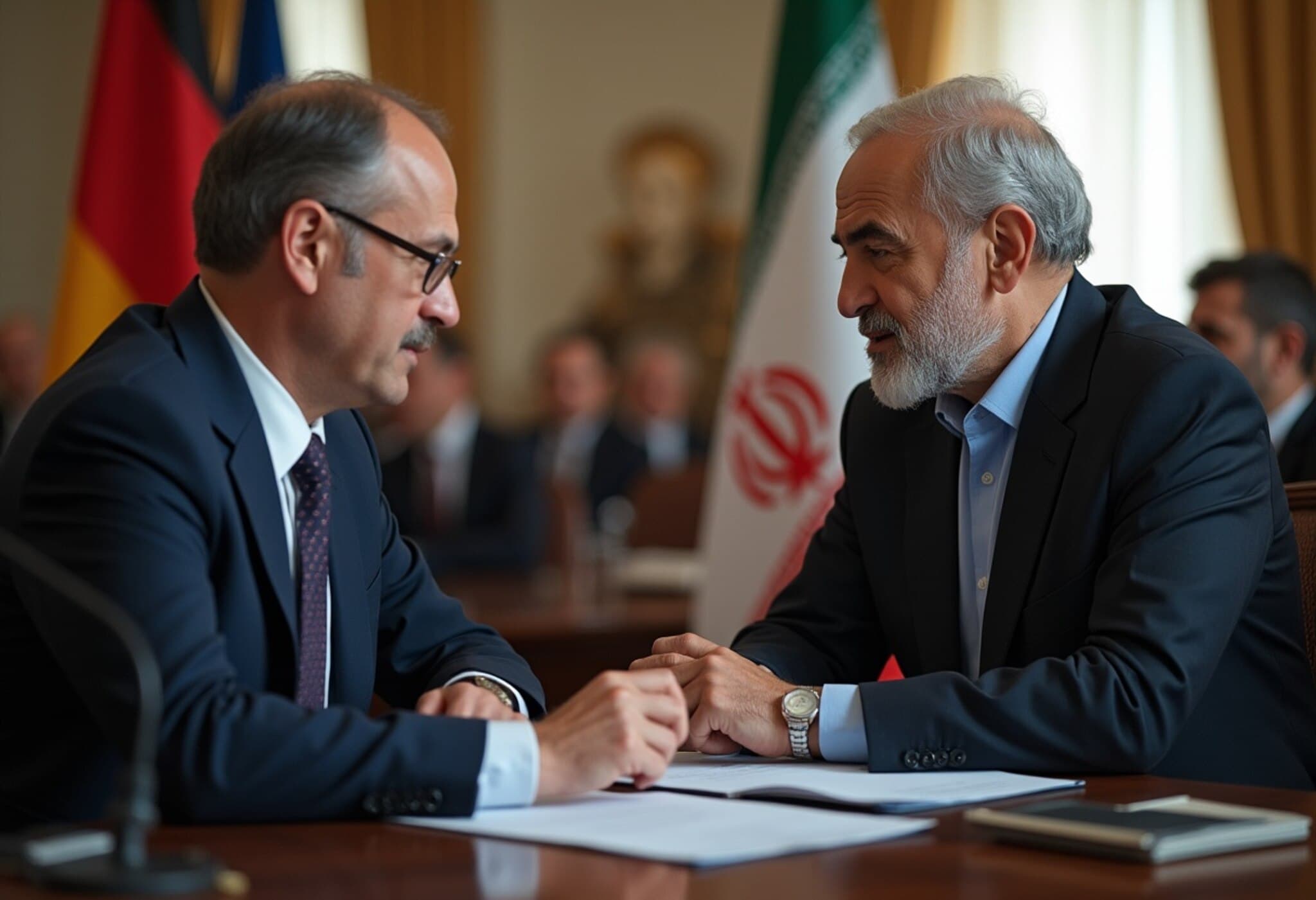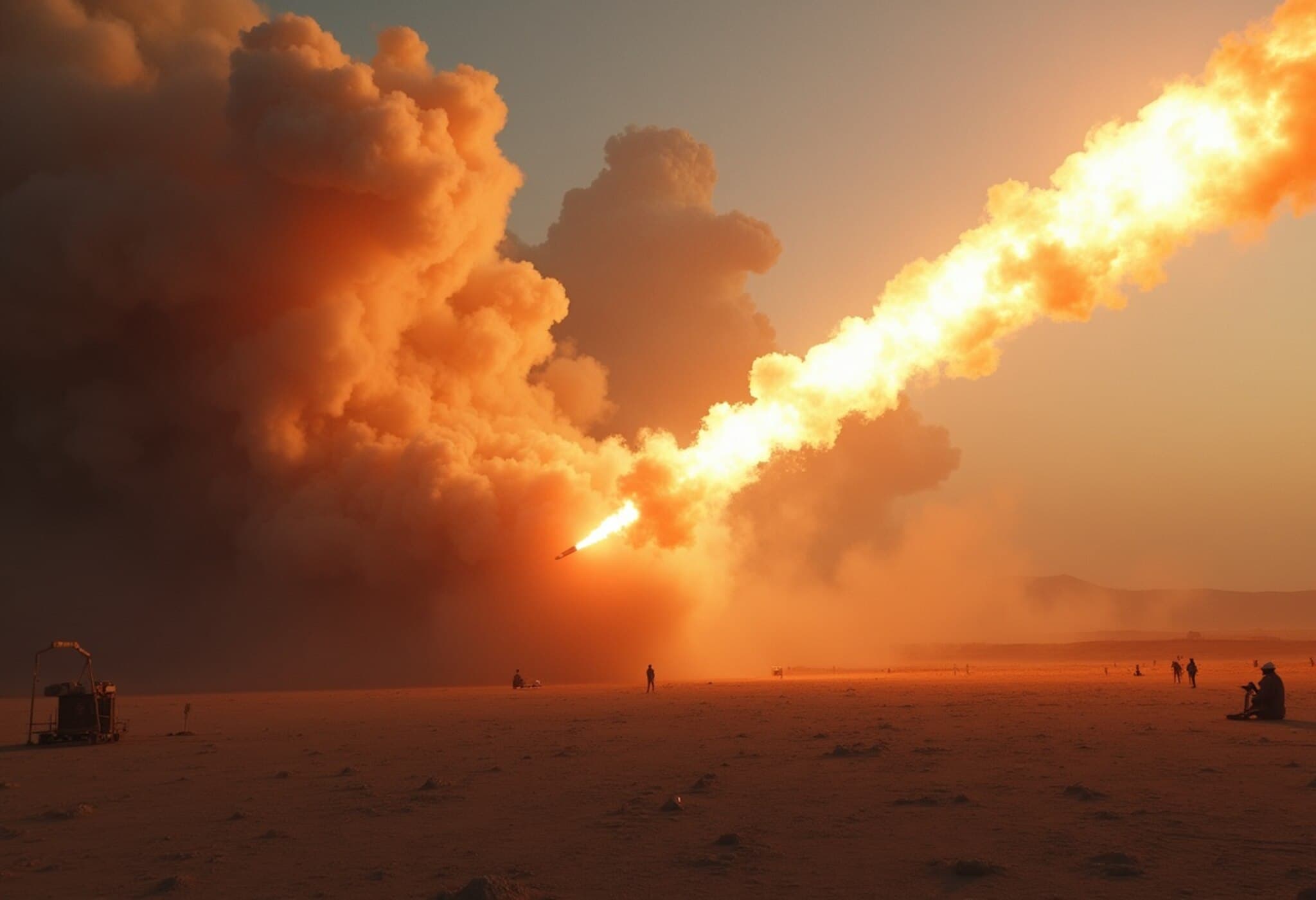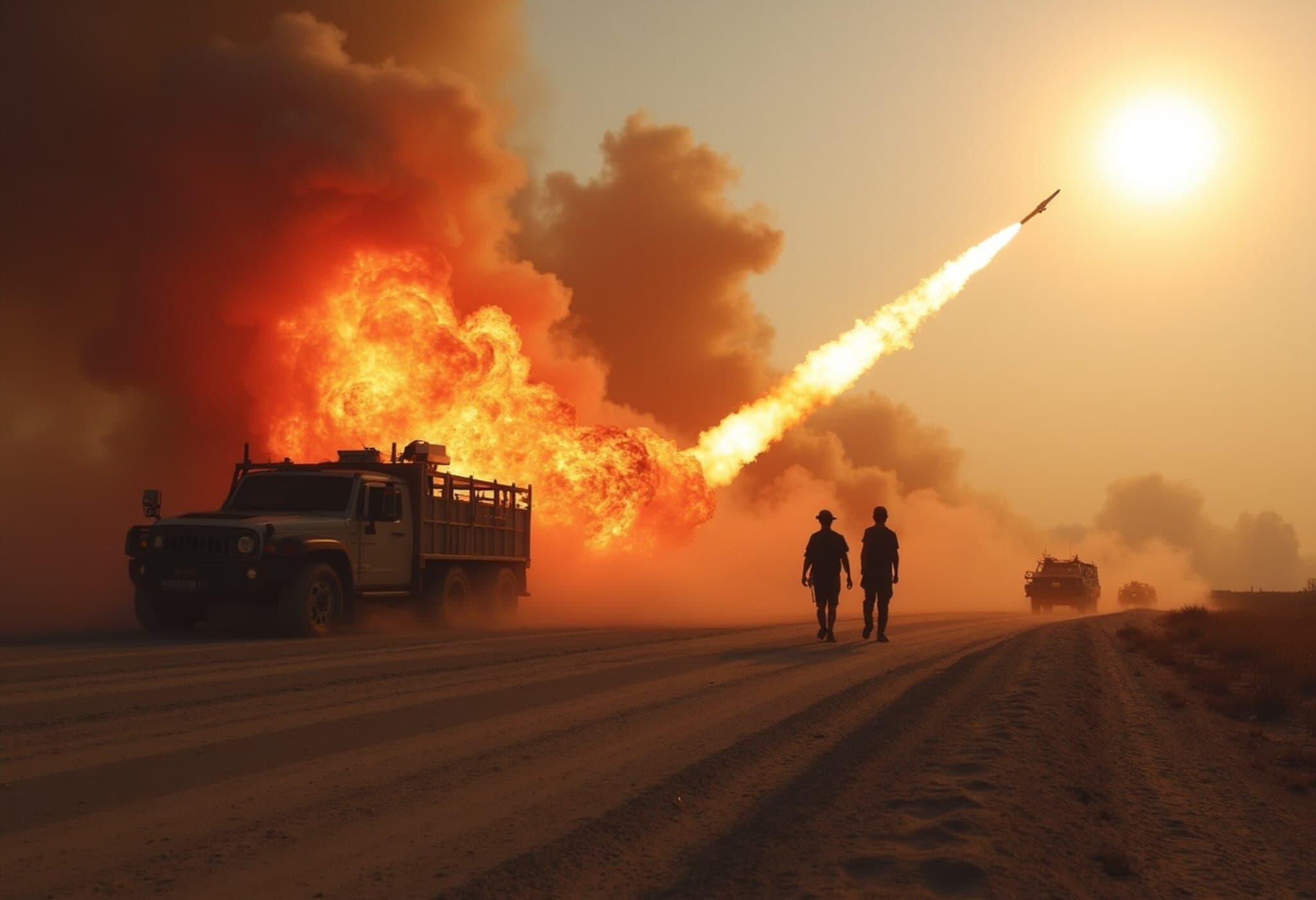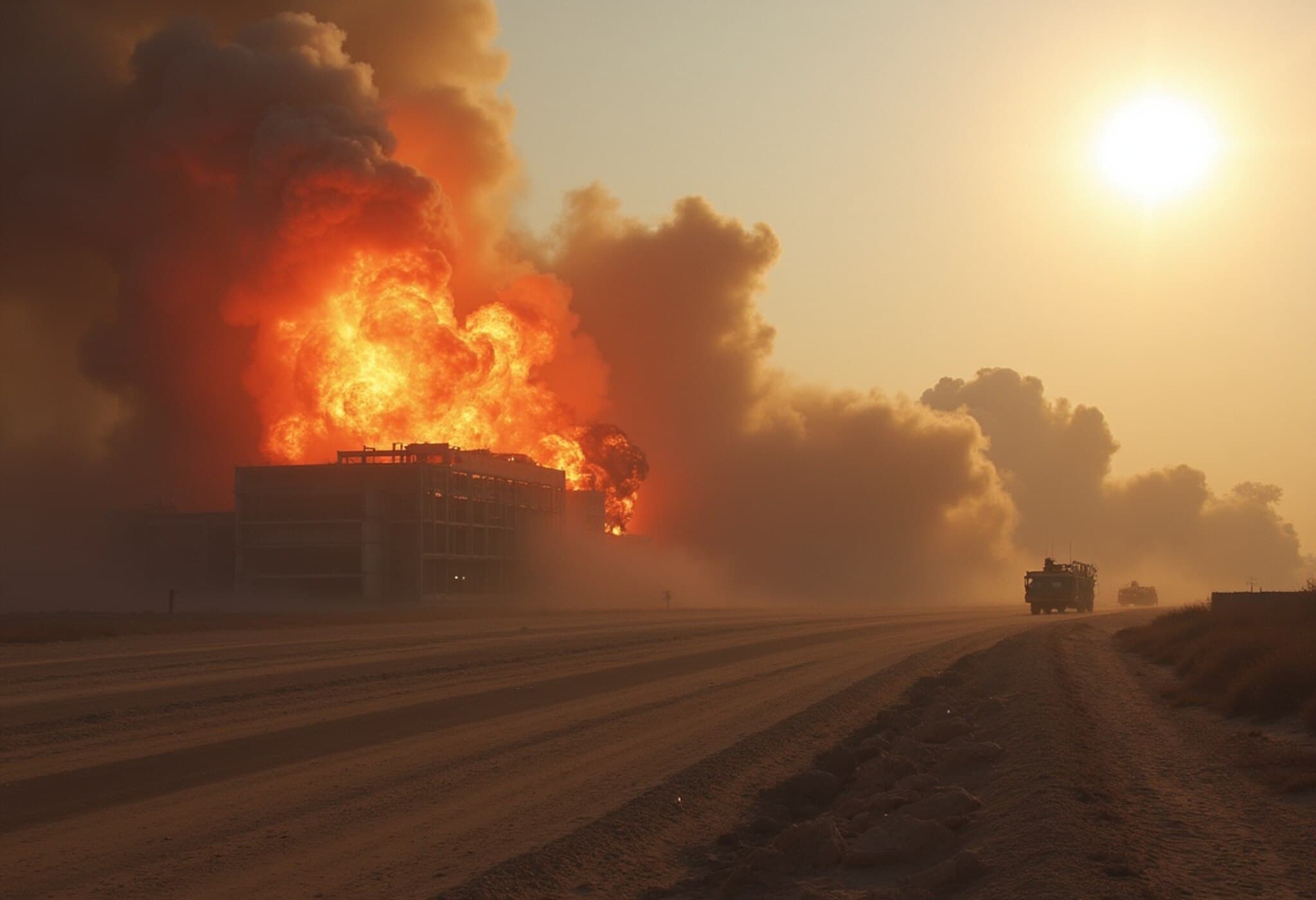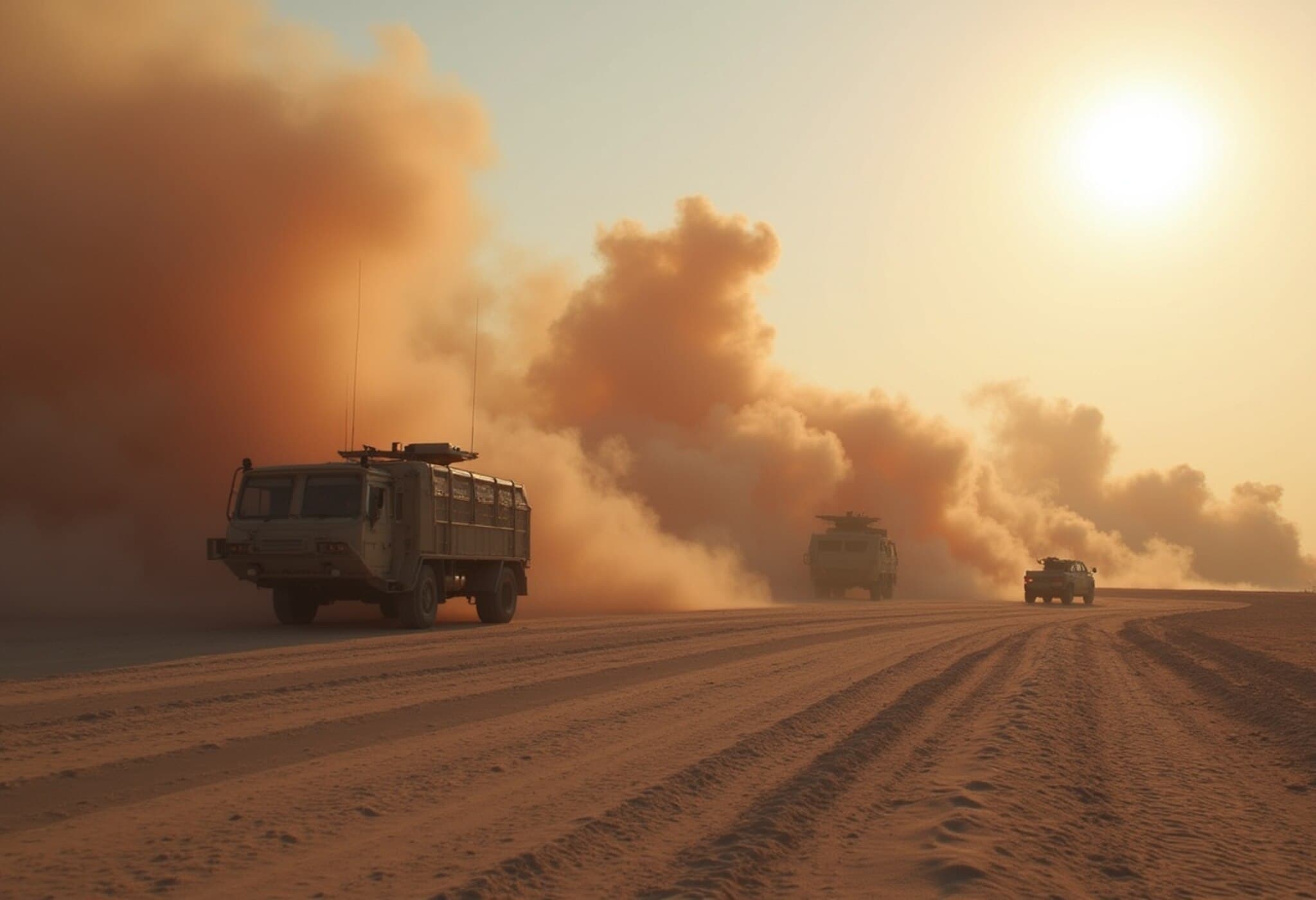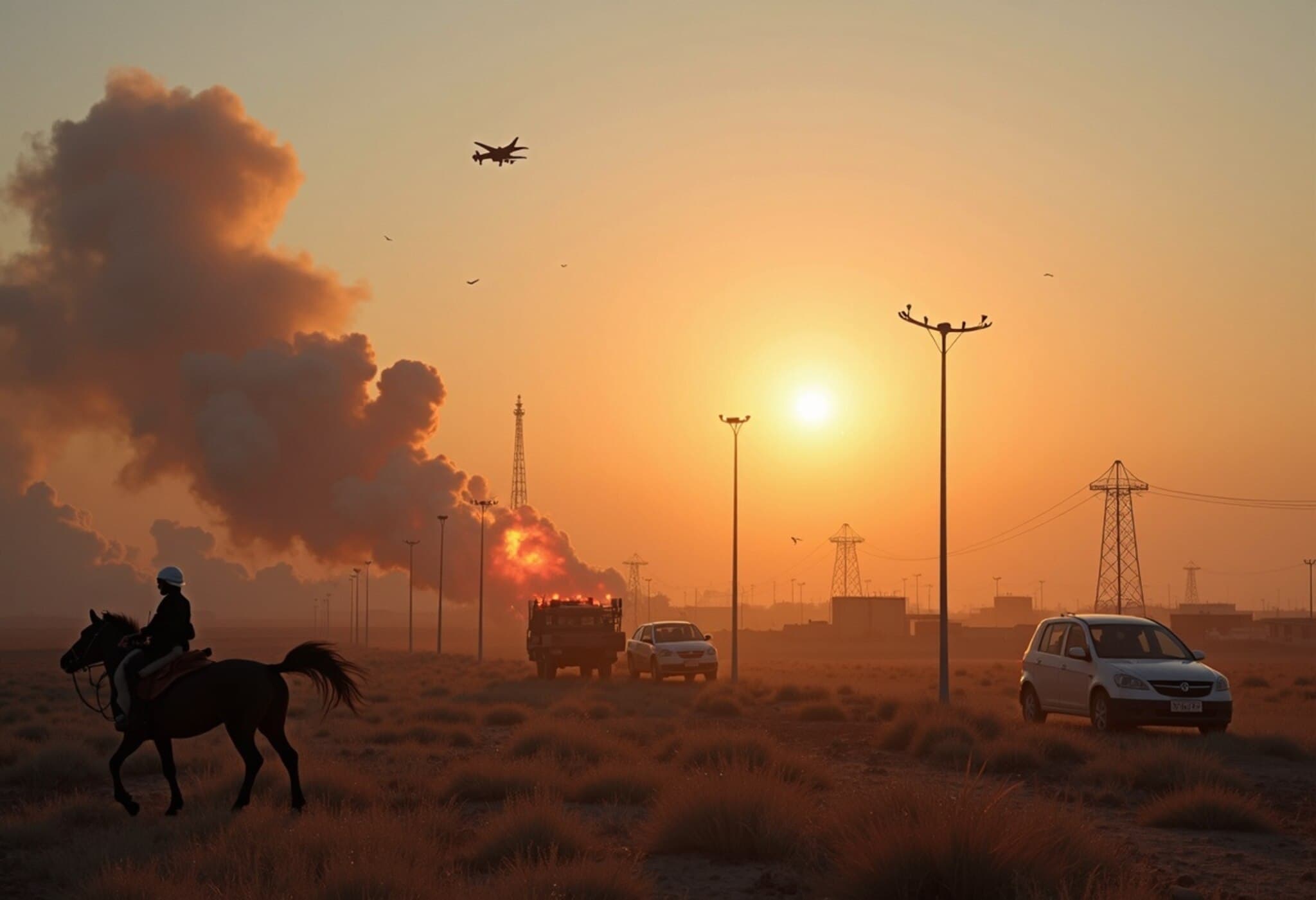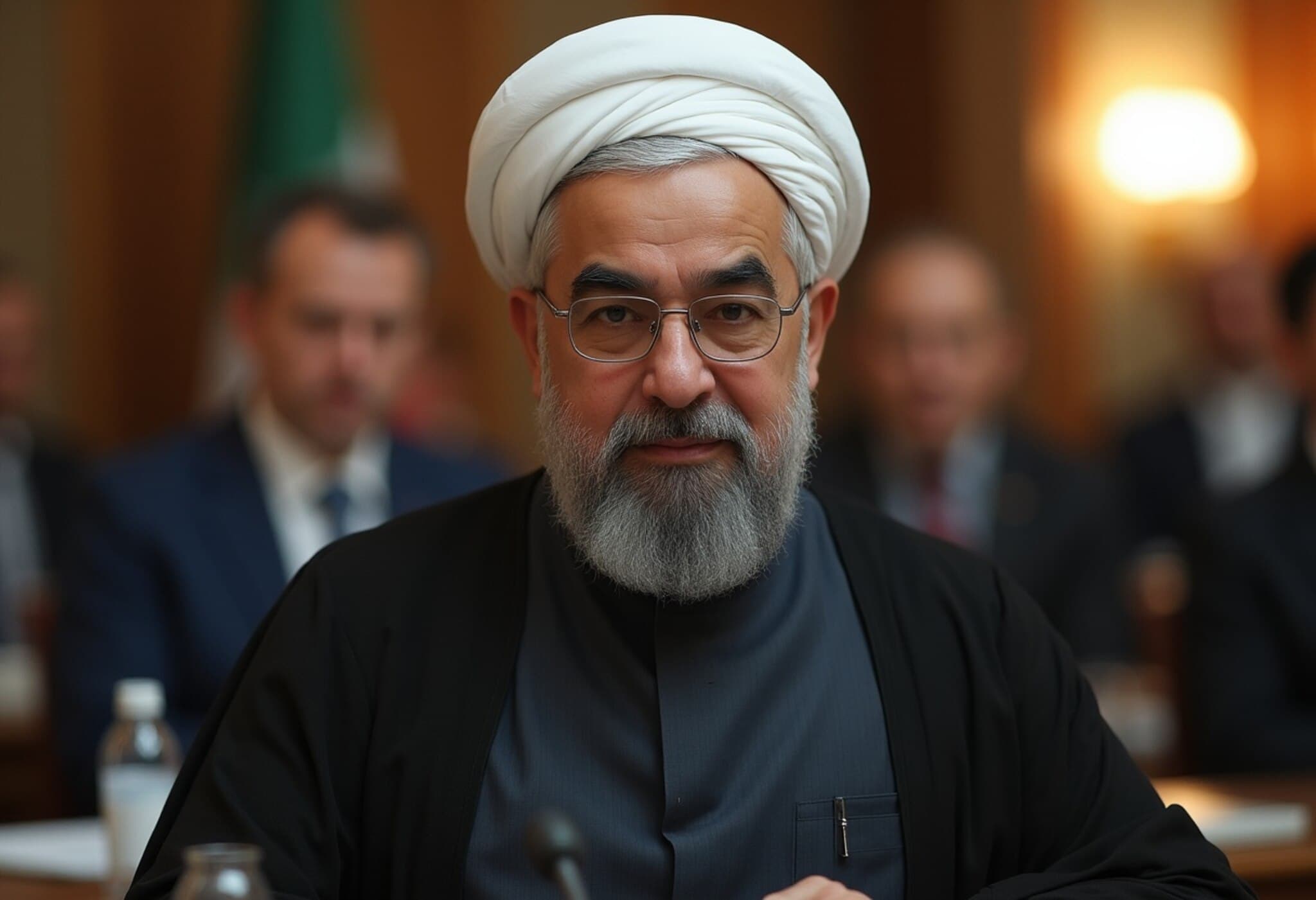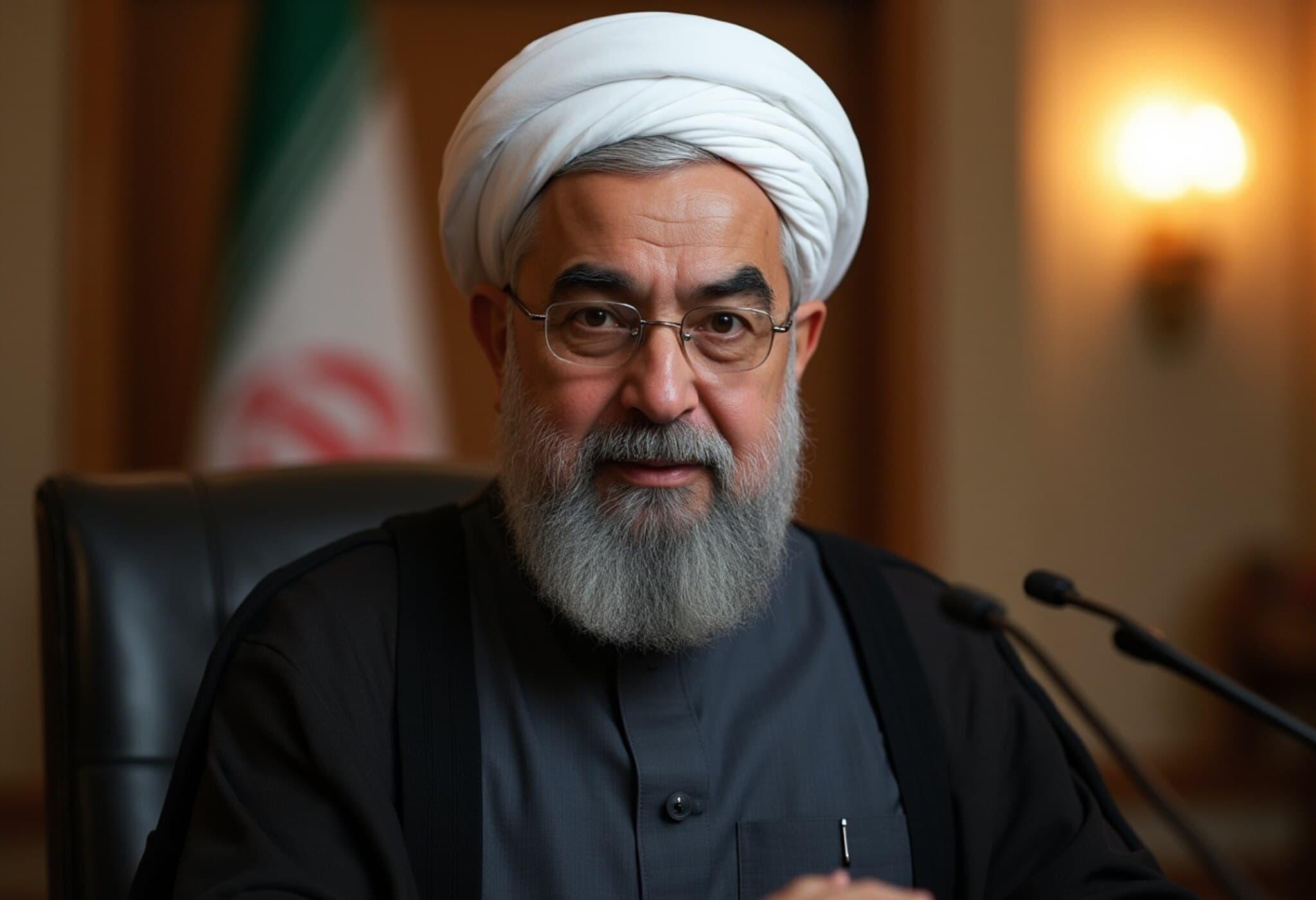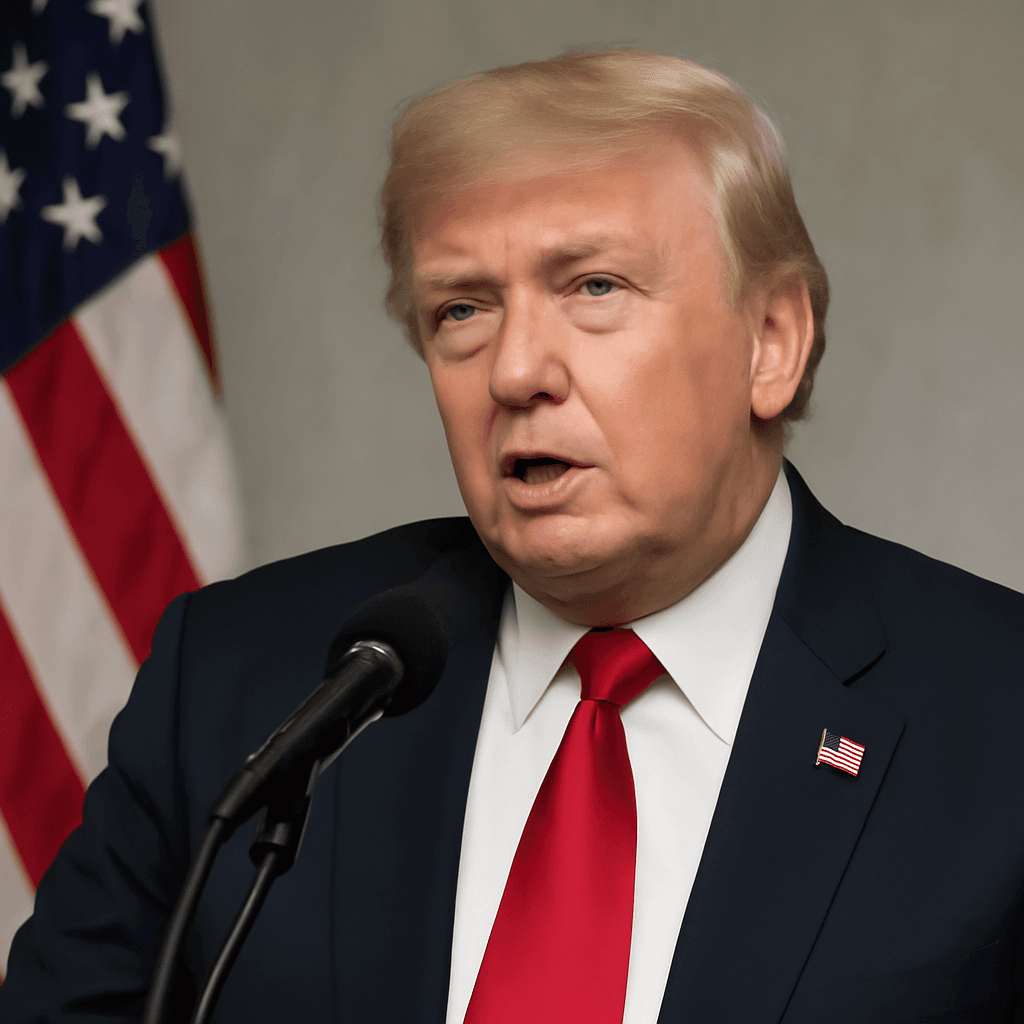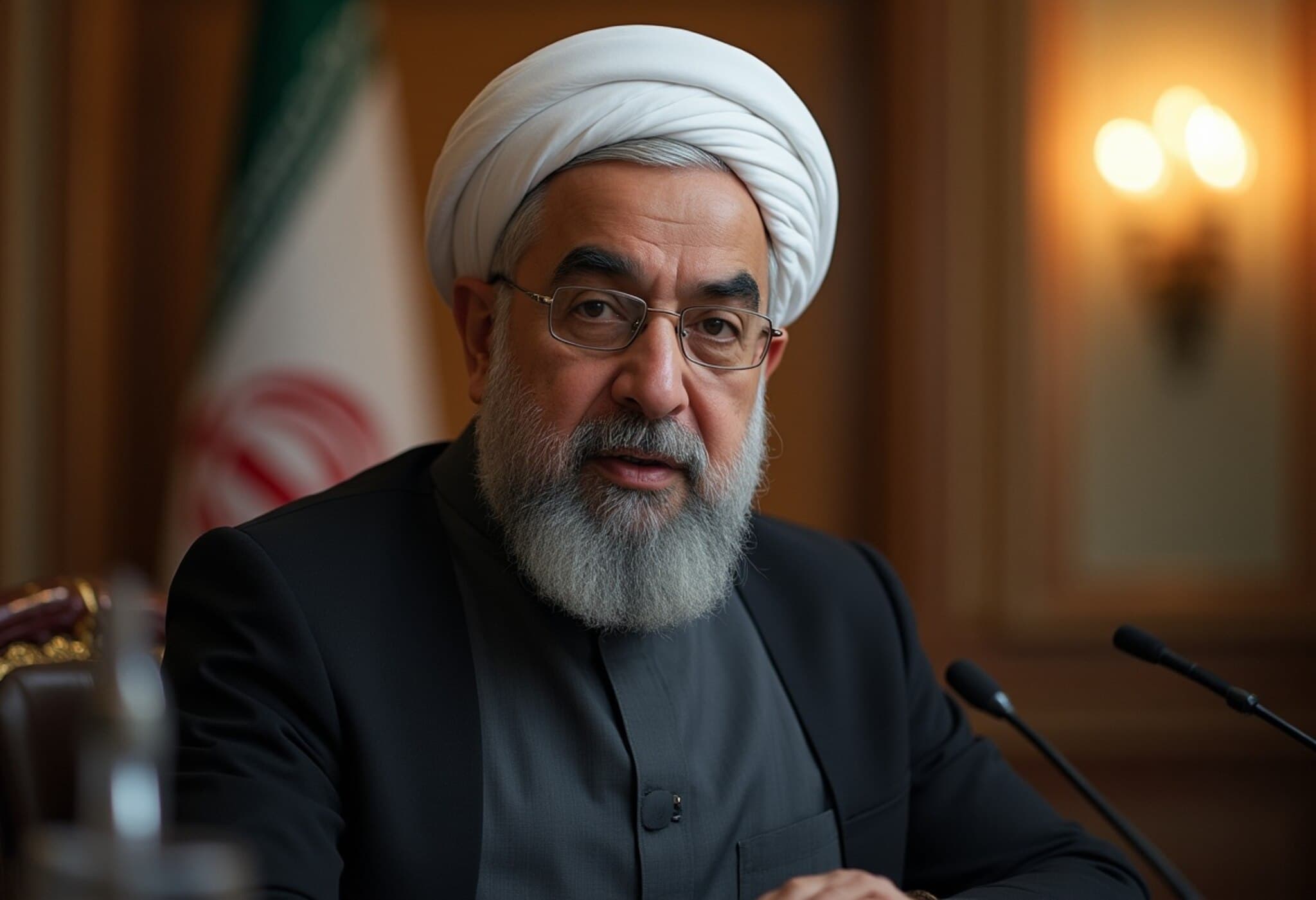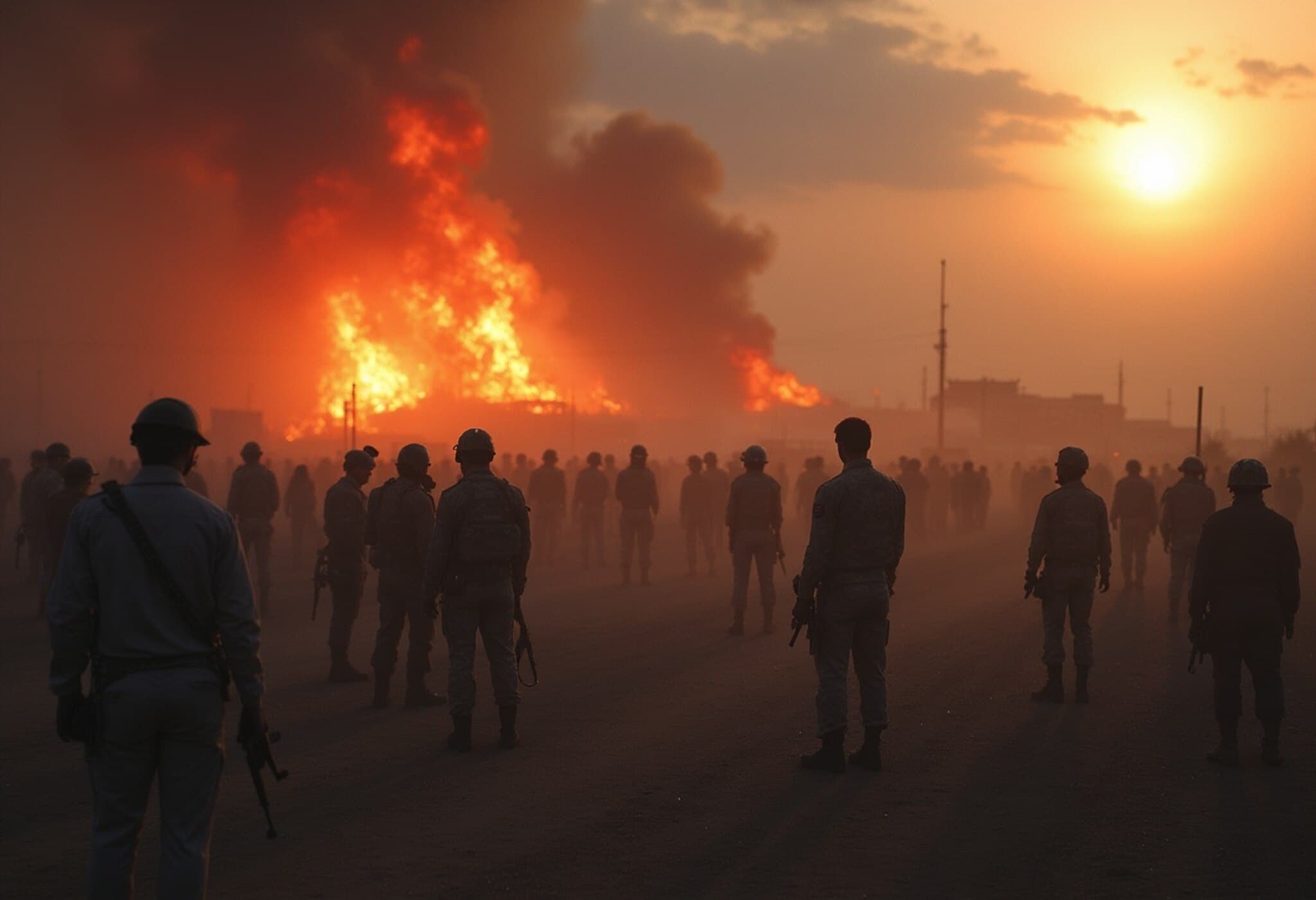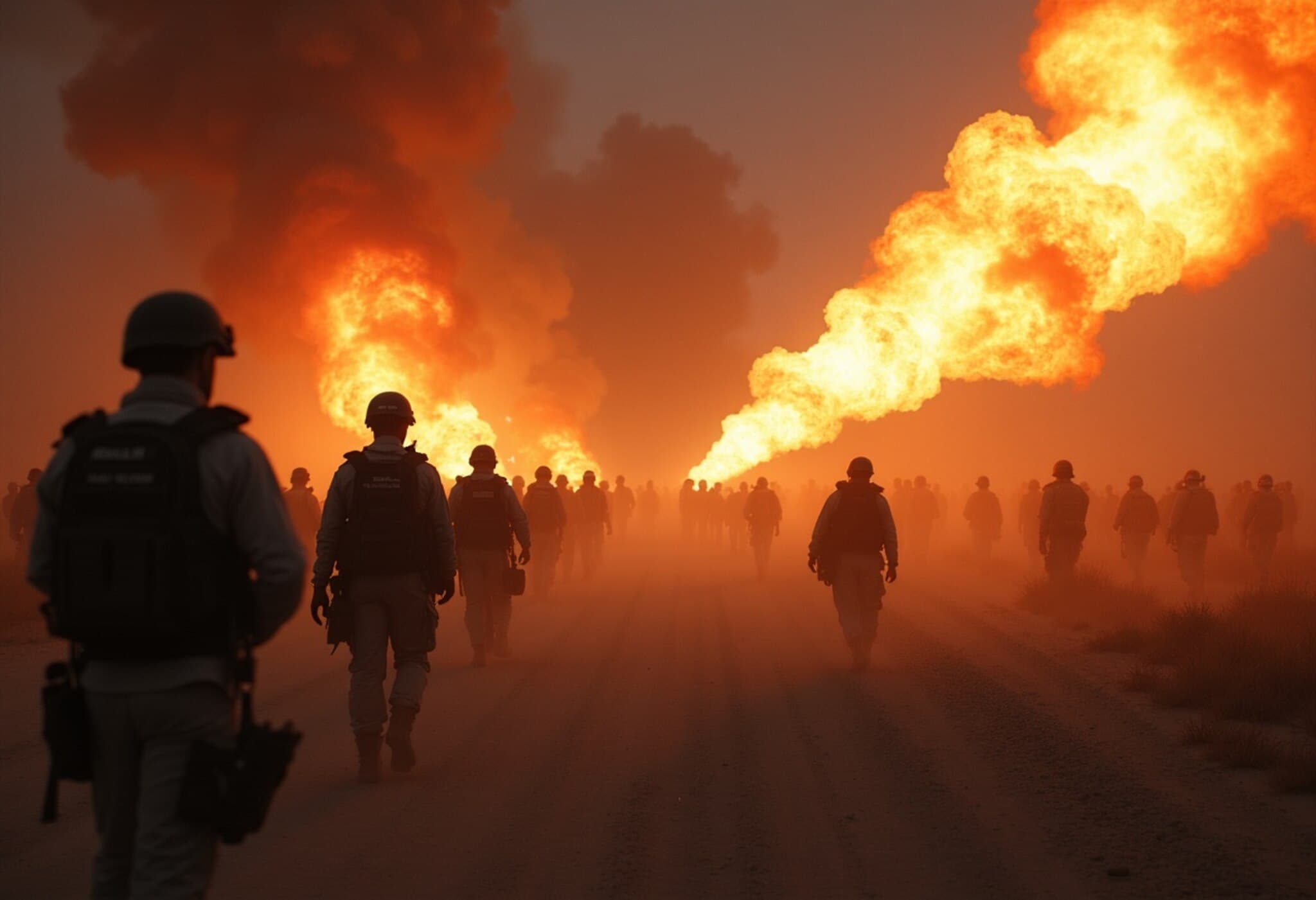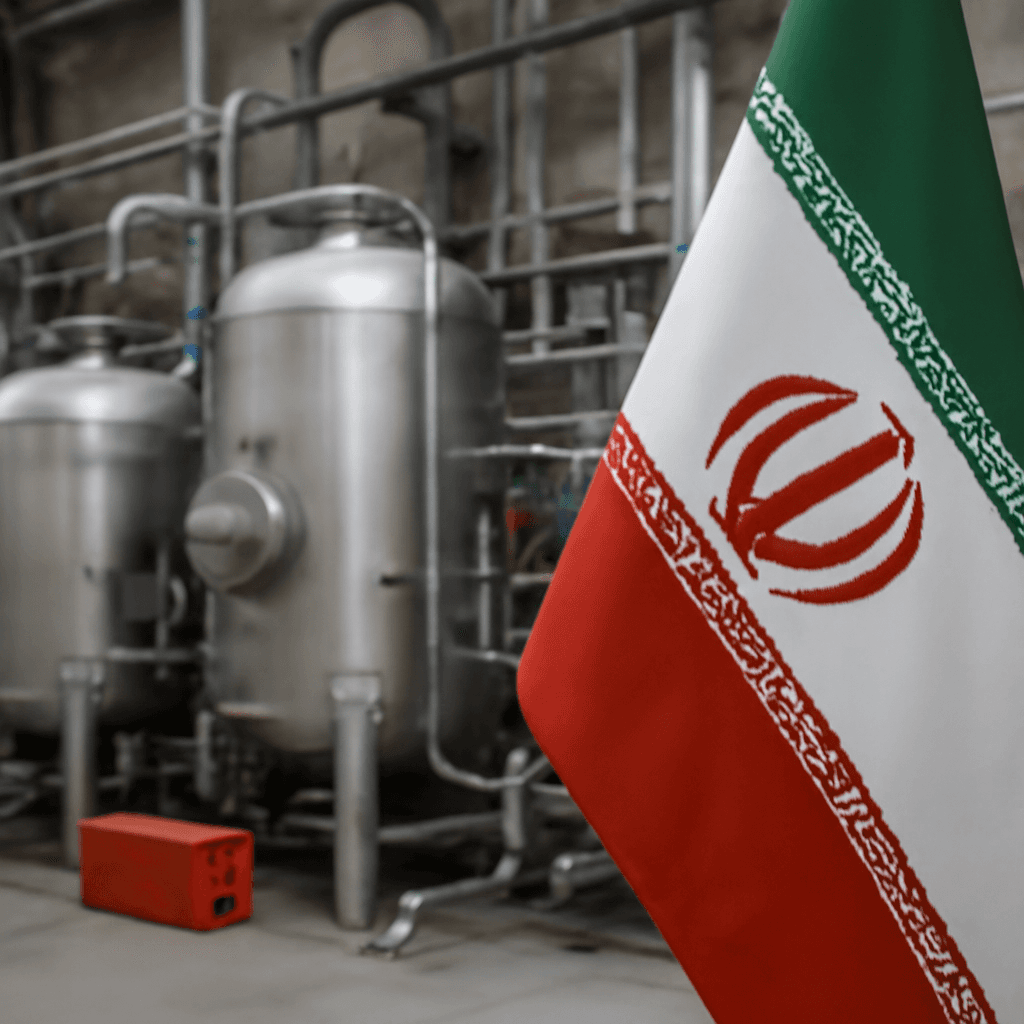Israel's Targeted Strike on Iranian Leadership Amidst Rising Tensions
In a dramatic escalation echoing past high-profile assassinations, reports have emerged that Israeli forces launched a precise missile strike targeting Iranian President Masoud Pezeshkian during the recent 12-day conflict between Tehran and Jerusalem. The operation, reminiscent of Israel’s earlier attempt on Hezbollah leader Hassan Nasrallah, reportedly aimed to decapitate Iran’s top leadership and disrupt its strategic command.
The Incident: A Close Call for Iran’s President
On June 16, four days into the fierce exchanges, an Israeli missile hit the Shahrak-e Gharb district in western Tehran, where Iran’s supreme national security council was convening. Pezeshkian sustained minor leg injuries amidst the attack, alongside other senior officials including Parliament Speaker Mohammad Bagher Ghalibaf and judiciary chief Mohseni Ejei. The strike reportedly employed six missiles, carefully targeting entry and exit points of the government building to maximize impact.
The building’s lower floors, where the leaders were assembled, bore the brunt of the assault. Although power was cut to the area, emergency hatches enabled their escape, preventing a far deadlier outcome. This operation’s surgical precision has prompted Iranian authorities to investigate potential internal security breaches that may have facilitated Israel’s intelligence gathering.
Contextualizing the Attack: A ‘Nasrallah-Style’ Operation
Israel reportedly drew inspiration from its controversial 2006 assassination attempt on Hezbollah's Hassan Nasrallah in Beirut, utilizing multiple missiles to target the leadership simultaneously. Such tactics underline Israel’s strategic doctrine prioritizing preemptive strikes to neutralize threats before they materialize.
President Pezeshkian himself acknowledged the assassination attempt, confirming that Israel had acted based on intelligence indicating the meeting’s location. "They did try, yes... They acted accordingly, but they failed," he told Iranian media outlet Fars News Agency. This admission highlights the ongoing shadow conflict between Tehran and Jerusalem, where covert and overt measures intertwine.
Strategic Implications for US-Iran Relations and Regional Stability
The strike coincided with the expiration of a 60-day deadline set by former US President Donald Trump for renegotiating Iran's nuclear deal, illustrating how the timing of military operations feeds into broader geopolitical pressures. Israel’s stated goal was to hinder Iran’s capability to annihilate the Israeli state, targeting military commanders, nuclear scientists, and missile facilities.
- Prominent Iranian figures killed in the offensive included IRGC commander Hossein Salami and armed forces chief Mohammad Bagheri.
- Such targeted killings threaten to deepen enmity, making diplomatic resolutions even more complex.
Experts note that while Israel’s offensive disrupts immediate threats, it inevitably fuels cycles of retaliation, risking wider regional conflict. Furthermore, the possible internal leak that facilitated the strike raises profound questions about Iran’s command security and intelligence vulnerabilities.
Expert Insight: The Broader Ramifications
From a policy perspective, this attack reflects the high-stakes brinkmanship in the Middle East, where covert warfare blends with open conflict. American strategic interests are tightly intertwined, as Washington balances sanctions, diplomacy, and military support for allies. Analysts caution that such strikes, while tactically impactful, might harden Iran’s resolve to advance its nuclear ambitions covertly.
Additionally, the precision of the Israeli strike signals advancements in intelligence sharing and surveillance capabilities, likely involving sophisticated human and electronic intelligence assets. This raises concerns about internal dissension within Iran’s ranks and the need for stringent counterintelligence reforms.
Unanswered Questions and Forward Look
- Who within Iran’s hierarchy might have leaked critical intelligence that enabled the strike?
- How will this influence Iran’s internal political dynamics and military posture?
- What role will the international community, especially the US and EU, play amid escalating military tensions and stalled nuclear talks?
Editor's Note
This episode underscores how modern conflict increasingly involves precision strikes targeting leadership, facilitated by intricate intelligence networks. The apparent Israeli attempt on Iran’s president not only escalates hostilities but also spotlights vulnerabilities within Iran’s security apparatus. For policymakers and observers alike, it prompts reflection on the delicate balance between deterrence and escalation, and the urgent need for renewed diplomatic engagement to prevent further destabilization in a region fraught with complex, long-standing rivalries.

